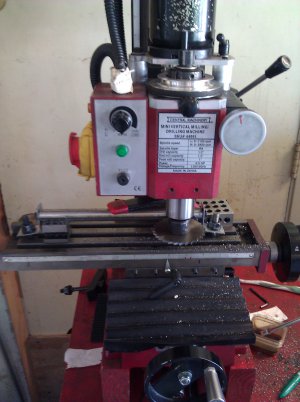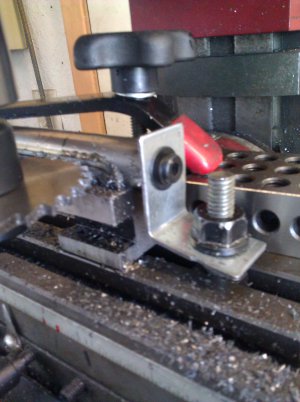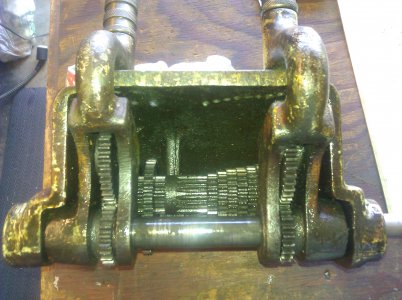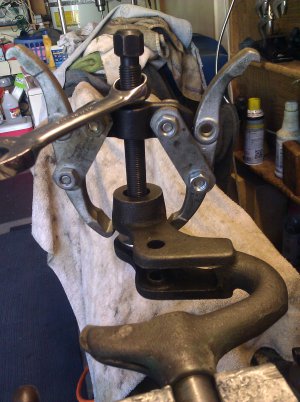Thanks again Chuck! I guess I will see today as I put it together. I have plenty of things to use as the dummy shaft. An idea to help line up all those keyways: on each gear, I think it will help to use some Dykem to mark the gear tooth that lines up with the keyway. [Once I get the gears all clean and shining.)
Greg
Greg
Greg, You'll understand what I mean about frustration when you start trying to line up all of the keyed gears to get the shaft through. You might get lucky and they just fall into place but the dowel makes it easy. I guess your handles must be all wallowed out like most of them I've seen. It's not as hard to set them up for boring as it appears. I have to check and see if I have any pics. I think I just held them in my vise. If you decide to bush the handles, don't try to get too close on your fit or you will be pulling the shaft back out and polishing it down to make your handles slide easier....been there done that.)
Chuck





